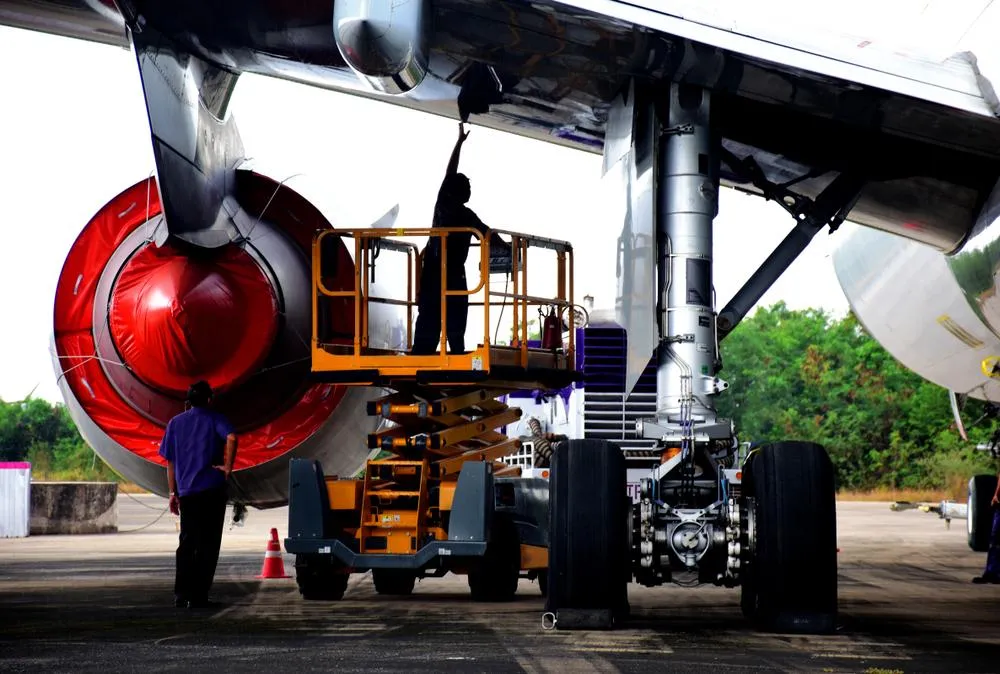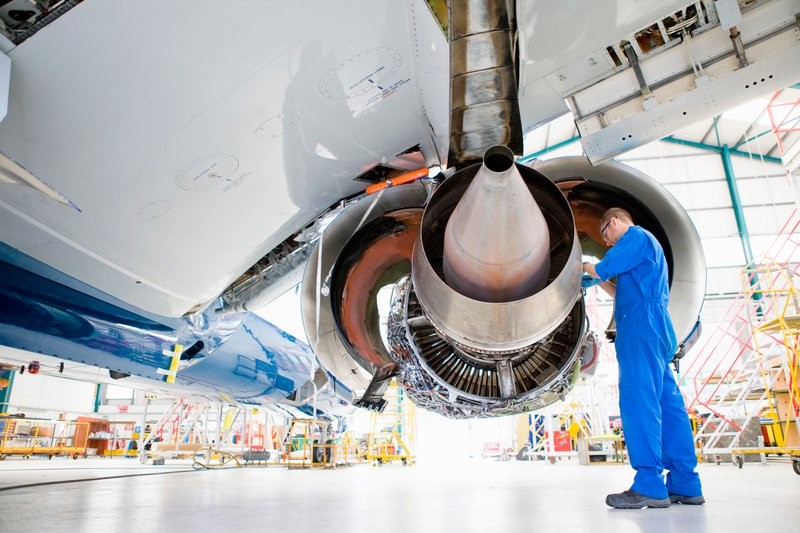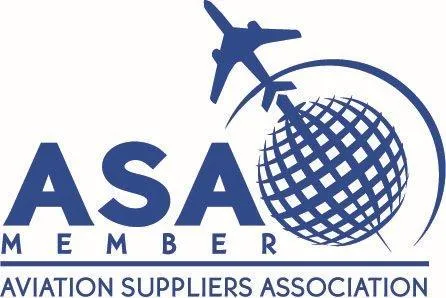
Preventing the Use of Counterfeit Parts in the Aviation Supply Chain
The aviation supply chain is a complex global network that depends on absolute trust, accuracy, and compliance. Every aircraft component must meet strict safety, performance, and regulatory standards to ensure reliable operations and protect human lives.
Despite decades of improvements in quality assurance, counterfeit parts continue to infiltrate the aviation supply chain, exposing dangerous weaknesses. Recent incidents have demonstrated that traditional methods of documentation and verification are no longer sufficient to safeguard against sophisticated fraud.
Counterfeit components undermine safety, degrade operational reliability, and impose severe financial consequences on airlines, MROs, and lessors. Solving this growing threat requires a proactive approach that combines advanced technology, robust traceability, and industry-wide collaboration.
How Counterfeit Parts Infiltrate the Supply Chain
Counterfeit parts infiltrate the aviation supply chain through unauthorized distributors, unvetted surplus dealers, and fraudulent repair vendors. Supply chain pressures, including part shortages, long lead times, and cost-saving initiatives, often prompt operators to turn to secondary markets. Without thorough validation processes, unapproved parts accompanied by forged documentation can enter service unnoticed. Fraudulent suppliers exploit gaps in manual verification processes and the absence of centralized digital recordkeeping.
The 2023 AOG Technics scandal exposed how falsified Authorized Release Certificates (ARCs) enabled counterfeit engine components to evade regular scrutiny. According to Reuters, the financial impact from that single incident exceeded $350 million across the industry. These events highlight the vulnerability of the aviation supply chain when part histories cannot be verified from manufacturing to installation.

Asset transitions between lessors and airlines represent another critical weak point where counterfeit parts can emerge. Without complete back-to-birth (BtB) traceability, it becomes difficult to confirm whether each part meets compliance and safety standards.
The rise in counterfeit parts is not limited to high-value components. Everything from structural fasteners to avionics modules has been subject to falsification, further highlighting the need for industry-wide solutions to secure the aviation supply chain.
Safety Risks Created by Counterfeit Parts in the Aviation Supply Chain
The presence of counterfeit parts in the aviation supply chain poses severe risks to airworthiness, reliability, and passenger safety. Visually identical counterfeit components often lack the manufacturing integrity, material strength, and performance tolerances required for safe operation. When undetected, these parts can cause system malfunctions, premature failures, or catastrophic in-flight emergencies.
The FAA estimates that approximately 520,000 counterfeit or unapproved components enter aircraft annually, posing significant safety risks and operational disruptions for major airlines, including American, Delta, and Southwest. One case involved an unapproved engine seal that degraded in mid-flight, resulting in oil loss and an emergency landing. Investigations revealed that the seal had been certified using forged documentation, concealing its substandard manufacturing. Such incidents demonstrate how easily counterfeit parts can bypass traditional visual and manual inspection methods.
Beyond immediate mechanical risks, counterfeit components undermine the reliability of predictive maintenance systems. Maintenance schedules depend on accurate part histories to forecast wear, fatigue, and failure intervals. When a component’s lifecycle data is falsified, operators cannot rely on their systems to provide correct maintenance intervals, which leads to operational risks.
Passenger safety is only part of the equation. Reputational damage to airlines, MROs, and lessors becomes substantial when regulators mandate disclosures regarding the use of counterfeit parts. Customers, investors, and insurers lose confidence when supply chain failures jeopardize aircraft safety.
Financial and Operational Consequences for the Aviation Supply Chain
Counterfeit parts impose significant financial burdens on all stakeholders within the aviation supply chain. Airlines affected by counterfeit components often face emergency inspections, fleet groundings, and operational disruptions, resulting in millions of dollars in lost revenue.
Asset valuation suffers when aircraft cannot provide complete traceability for installed components from their original manufacture. Lessors frequently reject aircraft returns or demand costly repairs and inspections to mitigate risks associated with undocumented or suspect parts.
MRO providers face increased labor costs and operational delays when part authenticity must be re-verified through teardown inspections, destructive testing, or manual audits. This diverts skilled labor away from scheduled maintenance, reducing operational capacity and increasing turnaround times. Furthermore, warranty disputes with OEMs often arise when counterfeit parts cause failures, leading to lengthy legal battles over liability.
Legal exposure increases substantially when counterfeit parts lead to operational incidents. Insurers may deny claims if investigations reveal that unapproved components contributed to the incident, leaving airlines or lessors financially responsible. The compounding financial, operational, and reputational risks create a powerful incentive to strengthen verification processes across the aviation supply chain.
Why Current Verification Processes Fail to Prevent Counterfeit Parts
Manual verification processes based on paper records, scanned documents, and static databases are inherently flawed in today’s complex aviation supply chain. Documentation can be forged, manipulated, or lost as components transfer between owners, MROs, and operators. Maintenance staff often rely on the presence of an Authorized Release Certificate (ARC) or EASA Form 1 without validating its origin beyond the surface.

Fraudulent suppliers exploit these weaknesses by generating fake ARCs, falsifying repair histories, and fabricating overhaul certifications. Once installed, identifying counterfeit parts becomes difficult without a triggered audit or failure event.
Verification failures also occur because there is no universally adopted standard for digital traceability across the aviation supply chain. Each operator, lessor, or MRO may maintain records using different formats, file types, and processes, which creates blind spots in documentation. Supply chain disruptions further exacerbate this issue, as operators may prioritize availability over exhaustive document checks when facing critical part shortages.
Until the industry embraces secure, centralized, and tamper-proof traceability solutions, counterfeit parts will continue to exploit gaps in the current verification framework. Regulatory agencies have begun issuing stronger directives; however, compliance relies heavily on the tools and technologies that each organization chooses to adopt.
Building a More Secure Supply Chain with Digital Traceability
Preventing counterfeit parts from entering the aviation supply chain requires widespread adoption of digital traceability systems. Modern traceability platforms provide tamper-proof documentation, enabling operators, lessors, and MROs to verify component authenticity across the entire lifecycle.
Digital back-to-birth (BtB) trace eliminates reliance on paper-based processes and fragmented PDFs, offering real-time visibility into part histories. Instead of relying on static documents, operators gain instant access to comprehensive, authenticated part records.
Digital platforms also facilitate collaboration between stakeholders by providing a single source of truth that can be accessed globally. Lease transitions, audits, and compliance checks become faster and more efficient, resulting in reduced downtime and lower operational costs. Technologies like AI-driven document validation and blockchain-based immutability further enhance the reliability of records within the aviation supply chain.
The industry faces a critical inflection point where the cost of maintaining outdated documentation methods now exceeds the investment required for modern traceability. The proactive adoption of digital solutions provides the best defense against counterfeit risks while also improving operational efficiency and enhancing compliance readiness.
Protect Your Supply Chain with Proven Traceability
The aviation supply chain faces escalating risks from counterfeit parts that threaten safety, compliance, and operational integrity. ProvenAir delivers an advanced, automated traceability solution that safeguards your fleet with verified, back-to-birth documentation. Our platform accelerates audits, prevents counterfeit risks, and streamlines maintenance across the global aviation supply chain. Connect with our experts today to secure your supply chain.


